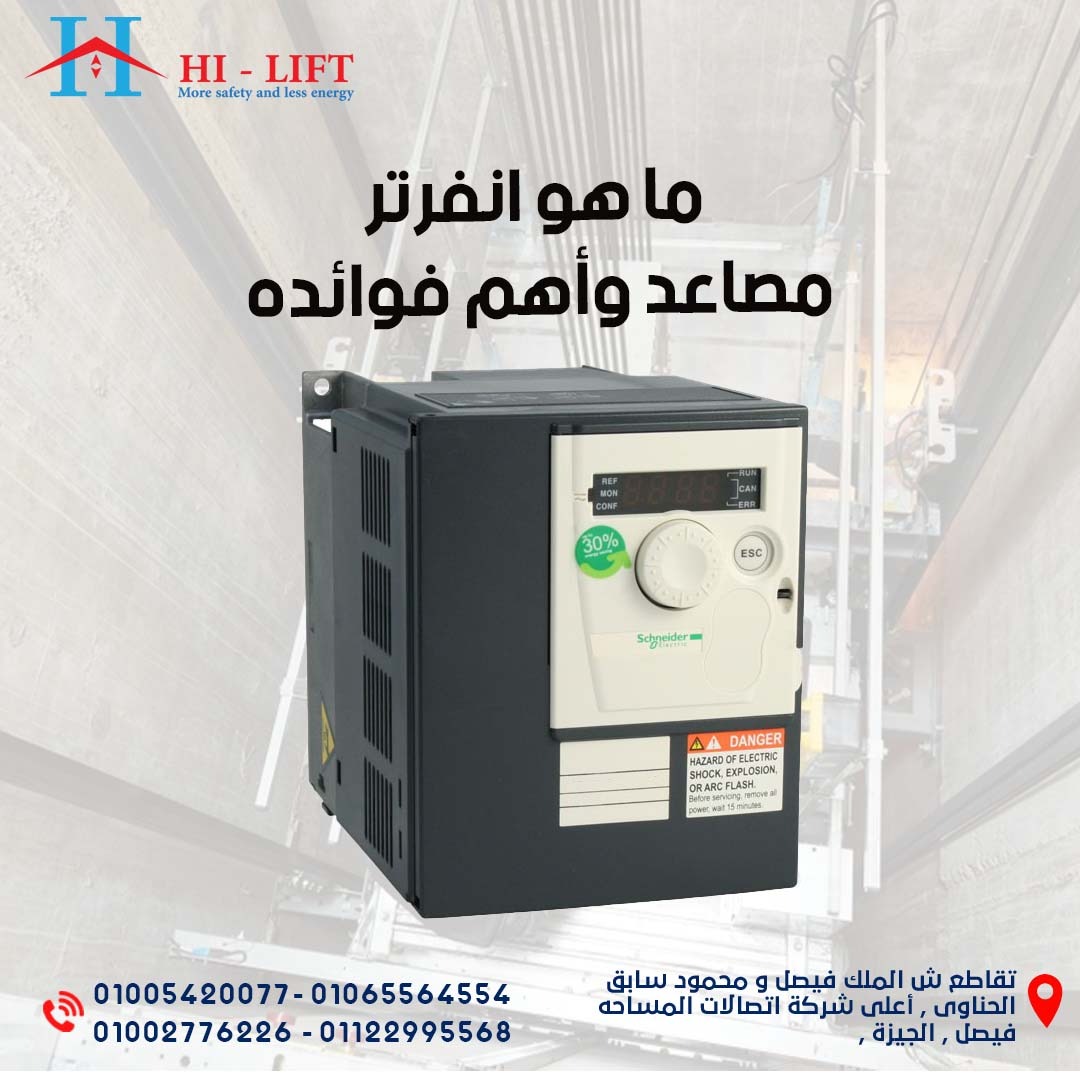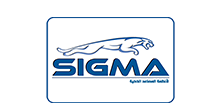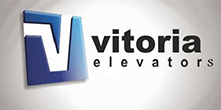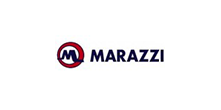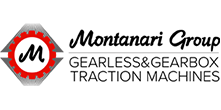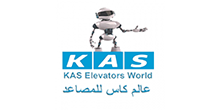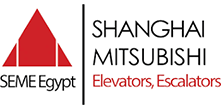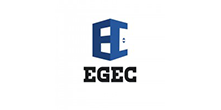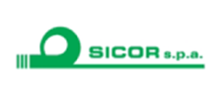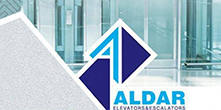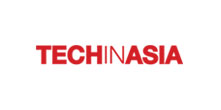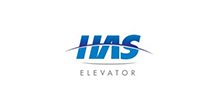انفرتر مصاعد
انفرتر مصاعد هو جهاز تحكم حديث يستخدم في صناعة اسانسير لتنظيم سرعتها وتحسين أدائها. يعمل الانفرتر عن طريق تحويل التيار المتردد الوارد إلى تيار متردد ذو تردد قابل للتعديل، مما يسمح بتحكم دقيق في سرعة حركة مصعد. يقوم الانفرتر بتحويل التيار المتردد الثابت إلى تيار متردد ذو تردد متغير بواسطة استخدام مكونات إلكترونية مثل المحولات والمكثفات والترانزستورات.
تعتبر تقنية الانفرتر في الأسانسير تحسينًا ثوريًا، حيث تسمح
بتعديل سرعة الاسناسير بشكل سلس ودقيق، سواء أثناء الانطلاق أو التوقف أو التغيرات في
الحمولة. يعمل الانفرتر على توفير تجربة ركوب مريحة للركاب من خلال تقليل الاهتزازات
والتسارعات المفاجئة والتباطؤ القوي، مما يقلل من الضغط على جسم الإنسان أثناء استخدام
الاسانسير.
كيف يعمل انفرتر مصاعد في تحكم سرعة المصعد
يعمل انفرتر مصاعد عن طريق تحويل التيار المتردد الثابت الوارد
من مصدر الطاقة إلى تيار متردد ذو تردد قابل للتعديل وفقًا لمتطلبات التشغيل. تتم هذه
العملية باستخدام تقنيات التحكم الإلكتروني المتقدمة.
عند بدء تشغيل المصعد أو تغيير سرعته، يتم استخدام الانفرتر لتعديل التردد الكهربائي وبالتالي التردد الميكانيكي للمحرك. يتم ضبط سرعة اسانسير عن طريق تغيير تردد التيار المتردد المطبق على المحرك. (افضل شركة مصاعد في مصر)
يتكون الانفرتر من مكونات إلكترونية مثل المحولات والمكثفات والترانزستورات. يتم تغذية التيار المتردد الثابت من مصدر الطاقة إلى المحول الذي يقوم بتحويله إلى تيار متردد ذو تردد متغير. يتم التحكم في تردد هذا الإشارة المترددة باستخدام الترانزستورات التي تعمل على توليد نبضات إشارة متغيرة للتحكم في سرعة المصعد. (افضل ماكينه مصعد ايطالى)
يستشعر الانفرتر أيضًا المعلومات الخاصة بسرعة المصعد وحمولته
وتسارعه وتباطؤه من خلال أجهزة الاستشعار المخصصة. يتلقى الانفرتر إشارات من هذه الأجهزة
الاستشعارية ويقوم بتحليلها ومعالجتها لتعديل سرعة المصعد وفقًا للظروف المحددة.
باستخدام التحكم الدقيق في التردد والجهد الكهربائي، يتيح
الانفرتر تحقيق تشغيل سلس ومتناسب للمصعد، حيث يمكن ضبط السرعة بدقة وتقديم تسارع وتباطؤ
ناعمين لتوفير راحة للركاب. كما يساهم الانفرتر في توفير الطاقة من خلال تحسين كفاءة
استخدام المصعد وتقليل الفقد في الطاقة. (الية عمل المصعد)
بهذه الطريقة، يعمل انفرتر مصاعد على تحقيق تحكم دقيق في
سرعة المصعد وتوفير تجربة ركوب مريحة وفعالة من حيث استهلاك الطاقة. (انواع الاسانسيرات في مصر)
فوائد انفرتر مصاعد
انفرتر مصاعد يوفر العديد من الفوائد المهمة التي تساهم في تحسين أداء المصاعد وتوفير الطاقة. إليك بعض الفوائد الرئيسية لاستخدام انفرتر المصاعد: (انواع المصاعد واسعارها في مصر)
· تحسين الأداء العام للمصاعد: يعمل الانفرتر على توفير تشغيل
سلس ومتناسب للمصعد، حيث يمكن ضبط سرعته بدقة وتحقيق تسارع وتباطؤ ناعمين. هذا يؤدي
إلى تقليل الاهتزازات والتغيرات المفاجئة في السرعة، مما يوفر تجربة ركوب مريحة وآمنة
للركاب. (باب مصاعد اتوماتيك)
· توفير الطاقة: يساعد الانفرتر في تحسين كفاءة استخدام الطاقة
في المصاعد. من خلال تعديل سرعة المصعد وفقًا للاحتياجات الفعلية، يتم تقليل استهلاك
الطاقة الزائد وتحسين كفاءة النظام بشكل عام. يعني ذلك توفير تكاليف التشغيل والطاقة
على المدى الطويل. (تركيب اسانسير)
· تقليل الاهتزازات والضوضاء: يسهم الانفرتر في تقليل الاهتزازات
والصوت غير المرغوب فيه الناتج عن تشغيل المصعد. عند تحسين تسارع وتباطؤ المصعد بشكل
سلس، يتم تقليل التأثير الضار على الهيكل والتجهيزات المحيطة ويتم تحسين راحة الركاب.
· زيادة عمر المكونات وتقليل التآكل: بفضل تحكمه الدقيق في
سرعة المصعد وتجنب الصدمات والاهتزازات القوية، يساعد الانفرتر في زيادة عمر المكونات
الميكانيكية والكهربائية للمصعد. يقلل ذلك من تكاليف الصيانة والإصلاح ويعزز موثوقية
المصعد. (تركيب اسانسير خارجي)
· سهولة الصيانة وتشخيص الأعطال: يتيح الانفرتر وجود وظائف
تشخيصية متقدمة لرصد حالة المصعد وتحليل الأعطال المحتملة. يمكن أن يتيح هذا تشخيص
سريع ودقيق للمشاكل وتقليل وقت التوقف وتكلفة الصيانة. (تركيب المصاعد)
باستخدام انفرتر مصاعد، يمكن تحقيق تحسينات ملحوظة في أداء
المصاعد وتحقيق توفير في الطاقة والصيانة. إنها تكنولوجيا حديثة ومهمة تساهم في تحسين
تجربة الركاب وزيادة كفاءة النظام بشكل عام. (تركيب مصاعد)
تأثير انفرتر مصاعد على الصيانة
انفرتر مصاعد يؤثر بشكل كبير على عمليات الصيانة والصيانة
الوقائية للمصاعد. بفضل التحكم الدقيق في سرعة المصعد وتقليل التوترات الزائدة والاهتزازات
القوية، يمكن أن يساهم الانفرتر في زيادة عمر المكونات وتقليل معدل التآكل. إليك بعض
الأثر الرئيسي لانفرتر مصاعد على عمليات الصيانة: (تكلفة اسانسير صغير)
· تقليل التآكل وزيادة عمر المكونات: باستخدام الانفرتر لتحكم
في سرعة المصعد بشكل سلس ودقيق، يمكن تقليل التأثيرات الضارة على المكونات الميكانيكية
والكهربائية للمصعد. هذا يقلل من مستوى التآكل والتآكل الناتج عن الاهتزازات القوية
والتحميل الزائد، مما يؤدي إلى زيادة عمر المكونات وتقليل الحاجة إلى استبدالها المبكر. (تكلفة تركيب مصعد في مصر)
· سهولة الصيانة: يسهل الانفرتر عمليات الصيانة على المصعد بشكل عام. بفضل التحكم المدقق في سرعة المصعد والتقليل من الصدمات والاهتزازات القوية، يمكن تقليل التوترات على المكونات والهياكل الميكانيكية، مما يقلل من احتمال حدوث أعطال مفاجئة. وبالتالي، يقلل من تكاليف الصيانة الطارئة والتوقفات غير المخطط لها. (تكلفة تركيب مصعد منزلي)
· تشخيص الأعطال وصيانة محددة بالدقة: يوفر الانفرتر وظائف
تشخيصية متقدمة تساعد في رصد حالة المصعد وكشف الأعطال المحتملة. يتم توفير معلومات
دقيقة عن سرعة المصعد وحمولة المصعد وتسارعه وتباطؤه، مما يتيح التحقق السريع والتشخيص الدقيق
لأي مشكلة محتملة. هذا يتيح إجراء صيانة محددة بالدقة وتحديد القطع المحتملة التالفة
بشكل مبكر، مما يحسن كفاءة عمليات الصيانة ويقلل من أوقات التوقف.
التطورات الحديثة في تقنية انفرتر مصاعد
إليك بعض التطورات الحديثة في تقنية انفرتر مصاعد:
· الأنفرترات ذات التردد العالي: تم تطوير انفرترات ذات تردد
عالٍ لتحقيق تشغيل أكثر كفاءة للمصاعد. هذه التكنولوجيا تستخدم ترددات عالية لتحسين
استجابة المصعد وزمن الاستجابة وتقليل الاهتزازات. كما تسمح للمصعد بتحقيق سرعة عالية
بدقة وأمان أكبر.
· الأنفرترات ذات التوافق الكهرومغناطيسي المحسّن: تم تطوير
تكنولوجيا التوافق الكهرومغناطيسي المحسّن لتحسين أداء الأنفرتر المصاعد. تساعد هذه
التقنية في تقليل الضوضاء الكهرومغناطيسية والتشويش الناتج عن استخدام الأنفرتر، مما
يحسن جودة التيار الكهربائي المولد ويقلل من التداخل مع أنظمة الطاقة الأخرى في المبنى.
· تحسينات في أنظمة التحكم والمراقبة: يشمل التطور الحديث في
تقنية انفرتر المصاعد تحسينات في أنظمة التحكم والمراقبة المتصلة بها. تتضمن هذه التحسينات
استخدام واجهات تفاعلية أكثر ذكاءً وسهولة في الاستخدام للتحكم في سرعة المصعد وتعيينات
الوقت ومراقبة أداء النظام. يوفر هذا المستوى المتقدم من التحكم والمراقبة الدقة والتحكم
المتقدم في أداء المصاعد.
هاي ليفت
شركة هاي ليفت للمصاعد هي شركة رائدة في مجال صناعة وتوريد
المصاعد، وتعتبر واحدة من الشركات المتخصصة في تقديم حلول النقل العمودي عالية الجودة.
تتمتع الشركة بسمعة قوية وتاريخ طويل من الابتكار والتفوق في صناعة المصاعد.
تتميز شركة هاي ليفت بتوفير مجموعة واسعة من المصاعد المخصصة للمباني السكنية والتجارية والصناعية. تقدم الشركة مجموعة متنوعة من المنتجات والخدمات التي تلبي احتياجات العملاء بشكل فعال وفقًا للمعايير العالمية للجودة والأمان.
لمعرفة المزيد : أسانسير - هيكل الأسانسير - تاريخ الاسانسير - أهمية الاسانسير
أسانسيرات - مكونات أسانسيرات - مصعد - مصاعد هاي ليفت


